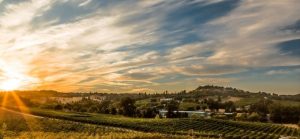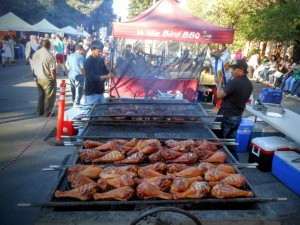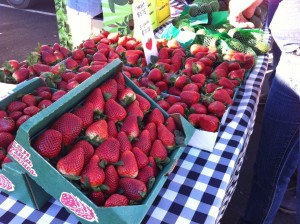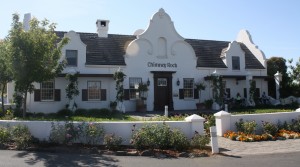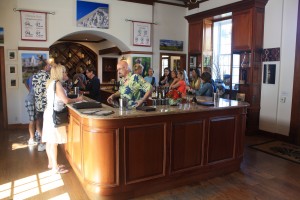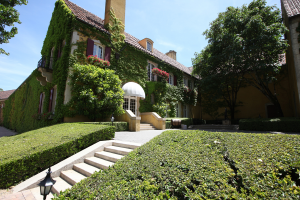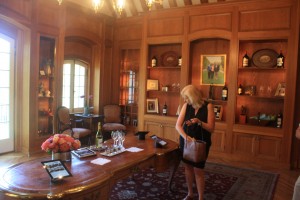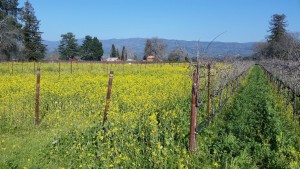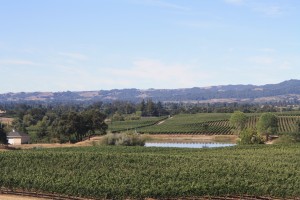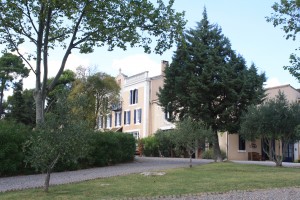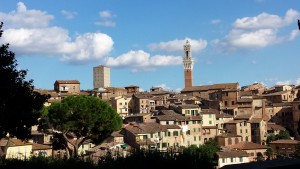There are other wines to drink in California’s Amador County, but the main reason to go wine tasting in this part of Wine Country is to try the Zinfandels they’re famous for. There are wineries all over the county, but the greatest concentration of them is in and around the town of Plymouth, mostly on or just off Shenandoah Road, also known as the Shenandoah Valley, about 50 miles east of Sacramento.
There is also a fair number of wineries about a half hour north of Plymouth in another town called Placerville. We haven’t visited there yet so offer no opinions in this article. If you have several days, by all means try locations other than Plymouth, but we recommend against doing a lot of tasting in one place and then driving for some time to another. You mostly drive on small roads. Keep it easy and keep it safe.
While many of the wineries have built glass and steel tasting rooms, none of them come close to palatial. Many wineries, including some of the more popular ones, are located in wooden buildings. They are hardly sheds, but they do project a rustic ambiance that, overall, describes Amador County. There are a lot of ranches around the county. You definitely know you’re in the country when you visit there.
Photo courtesy of Helwig Winery
One feature of Amador county wineries is that many of them have restaurants. Among them are Villa Toscana and Renwood. You’d better look for them if you want something to eat because once you’re down the road in the Shenandoah Road it’s a bit of a drive back into town, and event then there aren’t many places to eat.
Photo courtesy of Renwood Winery
With the restaurants in the wineries, the wine tasting experience is different. You feel more like being in a bar and grill than in a tasting room. At one place we saw people sitting on bar stools ordering plates of cheese and charcuterie, in another one just besides the tasting room was the restaurant. Lucie felt that it was more commercial and that people living around the area go there to party. They seem to consider the wineries like their local bars which takes something away from wine tasting experience.
You’re not quite in the mountains in Amador County but you certainly are in the foothills of the Sierras. Thus there are quite a few wonderful views to be had on a pretty day. We’ve also had the experience of being there on a rainy, foggy day and you do feel a bit closed in.
Among the wineries to consider when you drive out to Amador County (and you will drive as there are no commercial airports closer than Sacramento, forty miles away) are Renwood, Helwig and Turley. Renwood is the biggest, most commercial winery in the region and its Zinfandels are widely available. Helwig has a rather large tasting room, made of wood and offers excellent views. Turley is interesting because it’s the northern outlet of the same label in Paso Robles. We are familiar with the Central Coast winery and often buy their wines but we found virtually an entirely different selection in Amador County.

Turley winery in Amador County
There’s always a reason to go for a tasting trip anywhere in Wine Country. There are some first-rate wines to be experienced in Amador County and if you are a Zinfandel fan you’ll find much that will interest you and a few wines that you will find exciting. Wine tasting in Amador County is certainly is more than “a pleasant day in the countryside” destination.

